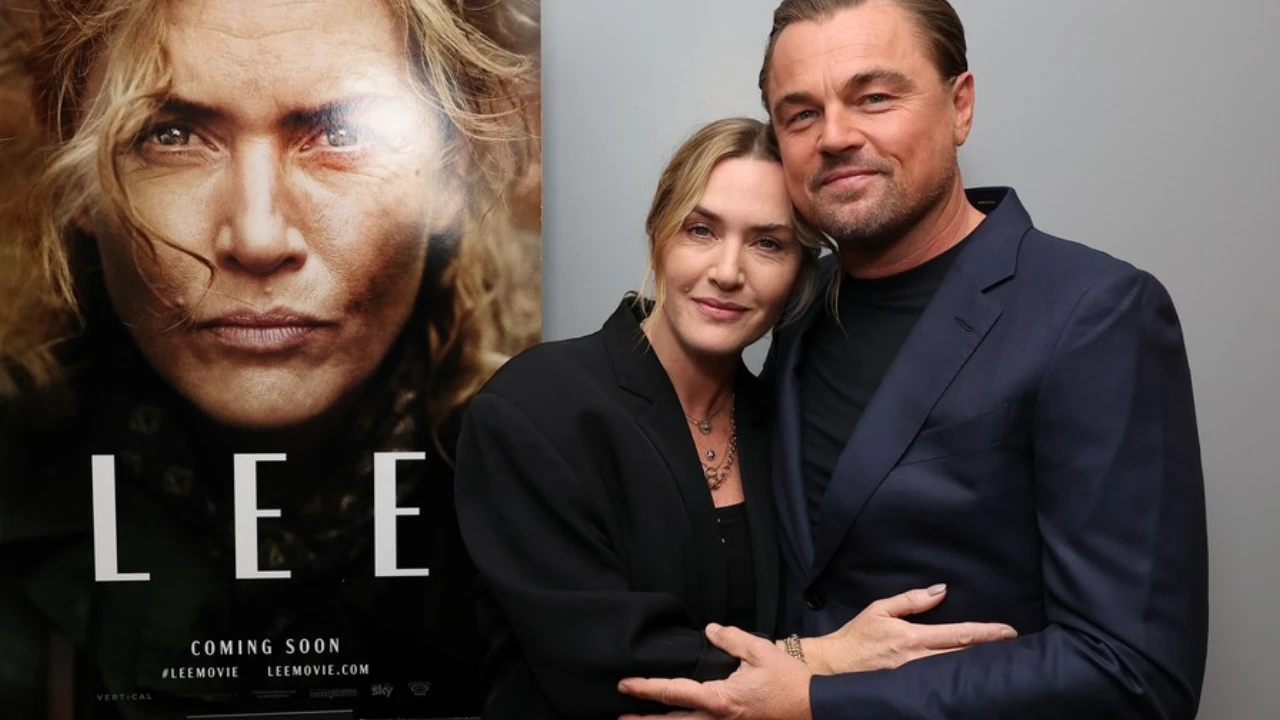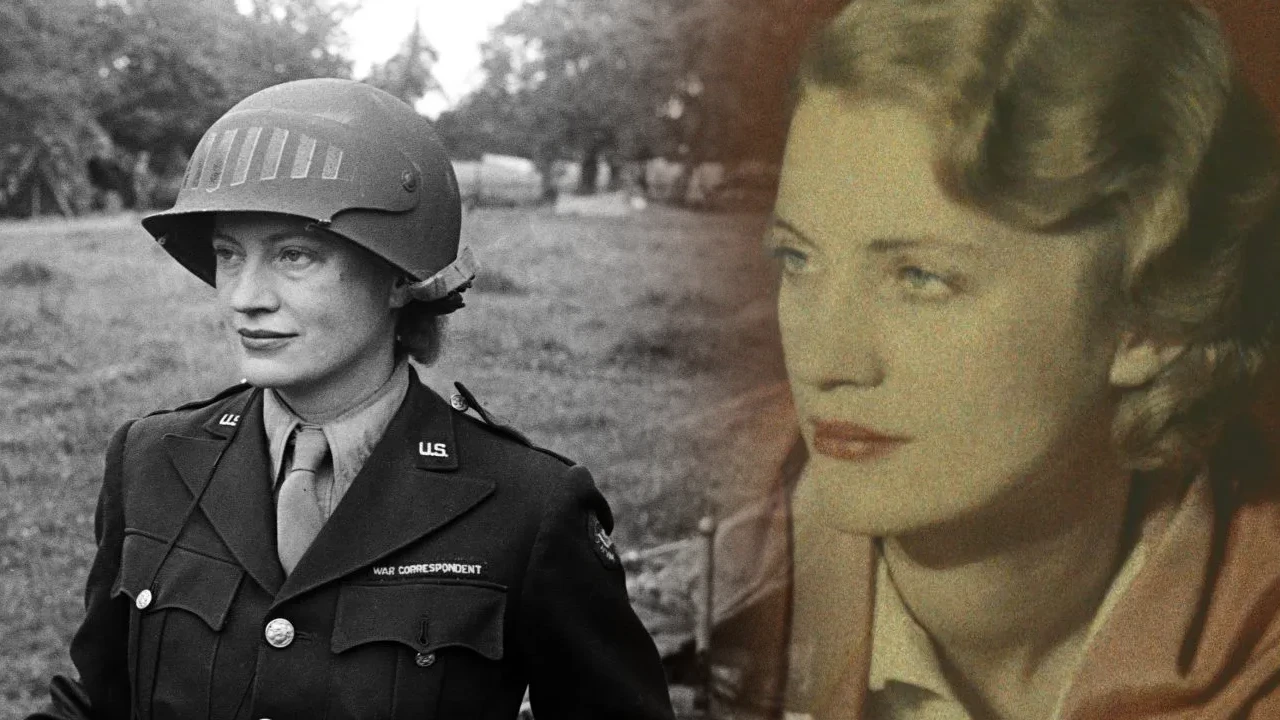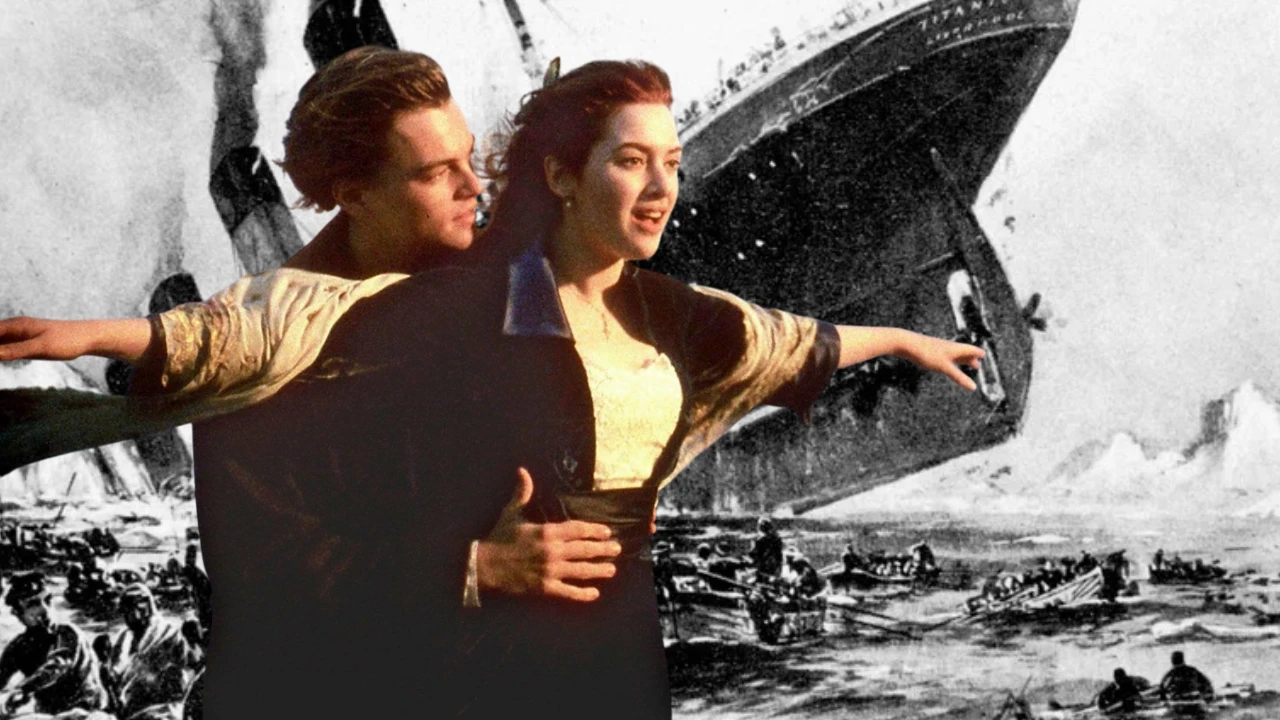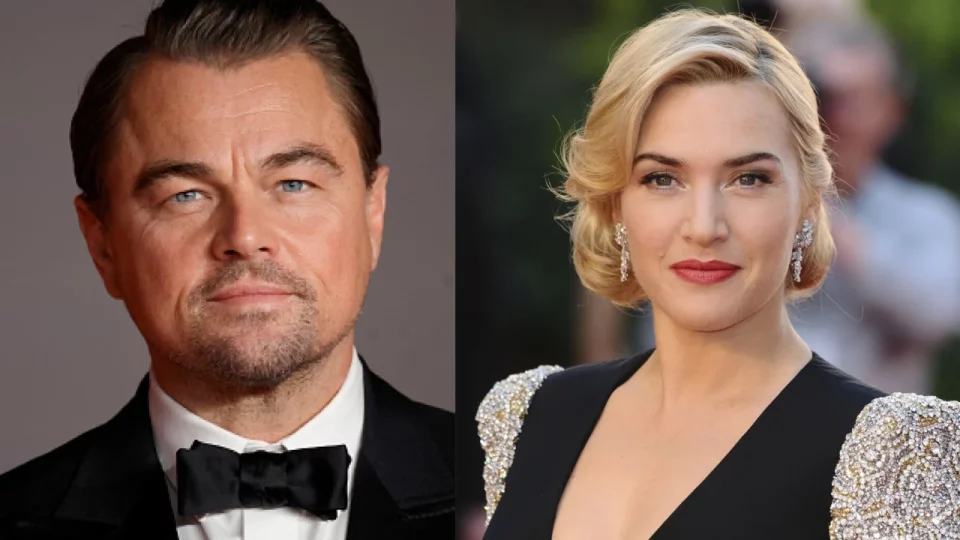Leonardo DiCaprio and Kate Winslet, the iconic duo that captured the hearts of millions in Titanic, recently reunited for a special occasion that stirred nostalgia and admiration in equal measure.
This time, their collaboration wasn’t on the big screen but in a heartfelt celebration of Winslet’s latest project, Lee, a film that explores the life and legacy of British WWII photographer Lee Miller.
The reunion was not just a tribute to their enduring friendship but also a powerful moment underscoring the transformative power of storytelling.
Table of Contents
The Reunion: A Celebration of Talent and Friendship

It was an evening to remember when Leonardo DiCaprio introduced Kate Winslet at a screening of Lee, praising her dedication and talent with palpable warmth. The event marked a public reunion for the two Hollywood heavyweights, whose careers skyrocketed after their unforgettable performances in James Cameron’s Titanic. DiCaprio’s glowing introduction was more than just professional courtesy; it was a heartfelt testament to the mutual admiration and respect they have shared for over two decades.
“Kate Winslet has dedicated herself to the film and to honoring Lee’s legacy for over the course of nine years,” DiCaprio remarked, setting the stage for what was to come. Winslet, visibly moved, responded with humility, confessing, “I can’t even look at Leo now or else I’ll cry.” Their interaction highlighted not only their professional bond but also a deep personal connection that has endured through the years.
For DiCaprio, Winslet’s work in Lee represents the pinnacle of artistic commitment. He described her performance as “transformative” and commended her strength, integrity, and passion. These words, coupled with Winslet’s emotional response, revealed a profound partnership built on mutual support—a rarity in Hollywood’s competitive landscape.
The Story Behind Lee: A Tribute to an Unsung Heroine
At the heart of this reunion lies Lee, a biographical drama that tells the story of Lee Miller, a trailblazing photographer and journalist who documented some of the most harrowing images of World War II. Directed by Ellen Kuras, the film has been a labor of love for Winslet, who spent nearly a decade bringing Miller’s story to life.

Miller’s life was as complex as it was inspiring. From her early days as a model to her groundbreaking work as a war correspondent for British Vogue, Miller shattered societal norms and carved out a space for women in the male-dominated field of photojournalism. Her images captured the bleak realities of war—concentration camps, devastated cities, and the human cost of conflict. Yet, as DiCaprio aptly summarized, her work also illuminated “the women, the children, and the missing,” giving a voice to those often overlooked in historical narratives.
The film’s production brought together a powerhouse of creative minds, including screenwriters Liz Hannah, John Collee, and Marion Hume, as well as Antony Penrose, Miller’s son and the author of her biography. This collaborative effort reflects the kind of community-driven passion project that Winslet has championed throughout her career.
Revisiting Titanic: A Legacy that Endures
DiCaprio and Winslet first captured the world’s attention with their performances as Jack and Rose in Titanic, a film that remains one of the highest-grossing movies of all time. Released in 1997, James Cameron’s epic romance catapulted both actors to international stardom and established them as one of cinema’s most beloved on-screen pairings. The success of Titanic not only defined their early careers but also gave them the platform to pursue projects close to their hearts.

The bond forged on the set of Titanic has stood the test of time. Over the years, DiCaprio and Winslet have reunited professionally in the critically acclaimed Revolutionary Road (2008) and supported each other in their individual endeavors. Their enduring friendship is a testament to the rare camaraderie that transcends the often transactional nature of Hollywood relationships.
Passion Projects and the Power of Storytelling
Both DiCaprio and Winslet have used their star power to champion meaningful stories and causes. Winslet’s unwavering commitment to Lee mirrors DiCaprio’s dedication to environmental activism through films like Before the Flood and Ice on Fire. These passion projects highlight their shared belief in the transformative power of storytelling—whether it’s shedding light on unsung heroes like Lee Miller or advocating for urgent global issues like climate change.
Lee stands as a shining example of the kind of stories Winslet and DiCaprio strive to tell: narratives that challenge, inspire, and resonate. As DiCaprio noted during the screening, the film captures not only the complexity of Miller’s life but also the emotional weight of bearing witness to truth, no matter how painful. This sentiment echoes the broader purpose of art: to reflect the human condition and provoke meaningful conversations.
Key Takeaways from Lee and the Reunion:
- Celebrating Unsung Heroes: The film honors Lee Miller’s groundbreaking contributions to photojournalism, ensuring her legacy is remembered.
- The Power of Collaboration: The project brought together a diverse team of talented individuals, demonstrating the importance of community in creative endeavors.
- Enduring Bonds: DiCaprio and Winslet’s reunion underscores the lasting impact of genuine friendships in an industry often defined by fleeting connections.
- Art as Activism: Both actors have leveraged their fame to support stories and causes that matter, reinforcing the potential of cinema as a force for change.
